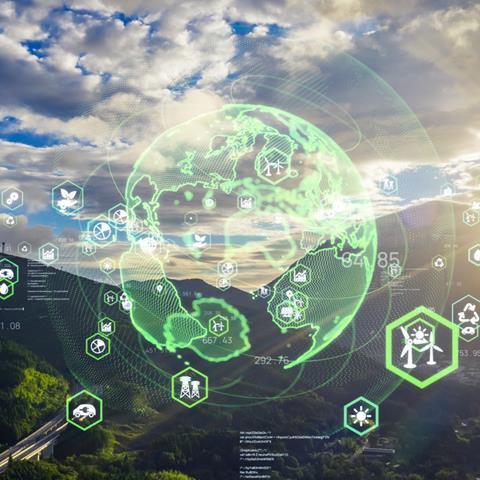Race to the top on clean energy – The US and EU response to China’s dominance: A new catalyst for more renewables involves a likely chain reaction of industrial policies for green industries in Western countries as evidenced in the EU Green Deal Industrial Plan.
‘Race to the top’ offers the most up-to-date understanding of the political context for the clean energy acceleration globally.
Written by Kaya for IPR, this new analysis paves the way for an upgrade to clean energy in our Forecast Policy Scenario in the medium term, as discussed in the latest Q4 2022 Quarterly Forecast Tracker. There will be challenges for investment around the interaction of demand and supply responses. So long as demand leads or keeps up with supply, then the outcome will be positive.
Executive Summary
-
The scene is set for major countries - in addition to China - to build clean energy capacity at scale. The EU and US are primed to race to the top of clean technology, much of which is now manufactured by China. To do this, the US is using industrial policy with protectionist elements. The EU is likely to follow with its own subsidy playbook.
-
An instigator of this moment is China’s dominance in multiple areas of renewable manufacturing and critical raw material (CRM) refining. Current western policy responses to this situation reveal the tension between being unable to live without China if energy transition goals are to be met and being unable to completely live with China when it comes to survival of domestic industries.
-
A primary rationale for America’s new industrial policy is not commonly appreciated; the Biden Administration views it as a means to protect democracy in America. The industrial strategy involves incentivising global companies to locate manufacturing of clean energy in the US, exploiting the huge job creation potential of the industry.
-
Seen from this standpoint, the US administration is unlikely to backslide on its industrial and trade agenda. The US expects and welcomes the prospect that the Inflation Reduction Act (IRA) will elicit a chain reaction of similar subsidies among its allies. This policy is likely to stick even in a post-Biden world.
-
The EU must now contend with unabashed subsidy regimes from two of its primary global trading partners in clean energy, China and the US.
-
Current EU tools are not fit for purpose; the bloc has some ammunition to use for business support, but comprehensive action is constrained by unique factors and much of the support is being directed to cushioning business and individuals from high energy prices.
-
Within the context of a Green Deal Industrial Plan, the EU Commission is developing a plan to respond to the IRA, including a Net-Zero Industry ACT. They will be considering many of the ideas laid out in this paper. We do not rule out that new common debt may be eventually used, possible via the new European Sovereignty Fund.
-
How did we get here? China has spent more on industrial policy support than any other nation. This has created a production void in other countries while also dramatically reducing the cost of clean technologies. We look at a history of climate-related industrial policy in China and assess the ranges of dominance in solar, CRM processing, offshore wind, electric vehicles, and hydrogen electrolysers.
-
Due to the limited time and enormous scale of the energy transition, it is not realistic to cut China from clean energy supply chains. But it is possible to increase the number of complementary supply chains designed around national security imperatives. This offers new trade and investment opportunities.
-
There are implications for the climate from this moment. Unilateral country subsidies and the pursuit of new multi-national trade agreements will become more pronounced. This heralds a further divergence from a WTO system which has dominated global relations since the mid-1990s but adds a functional path for decarbonisation alongside the UNFCCC and Paris Agreement process.
-
Such a dramatic use of industrial policy by the West does entail risks including that a subsidy race leads to overt trade protectionism and export restrictions. This would have negative consequences for the transition.












